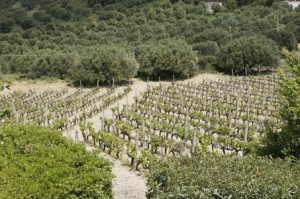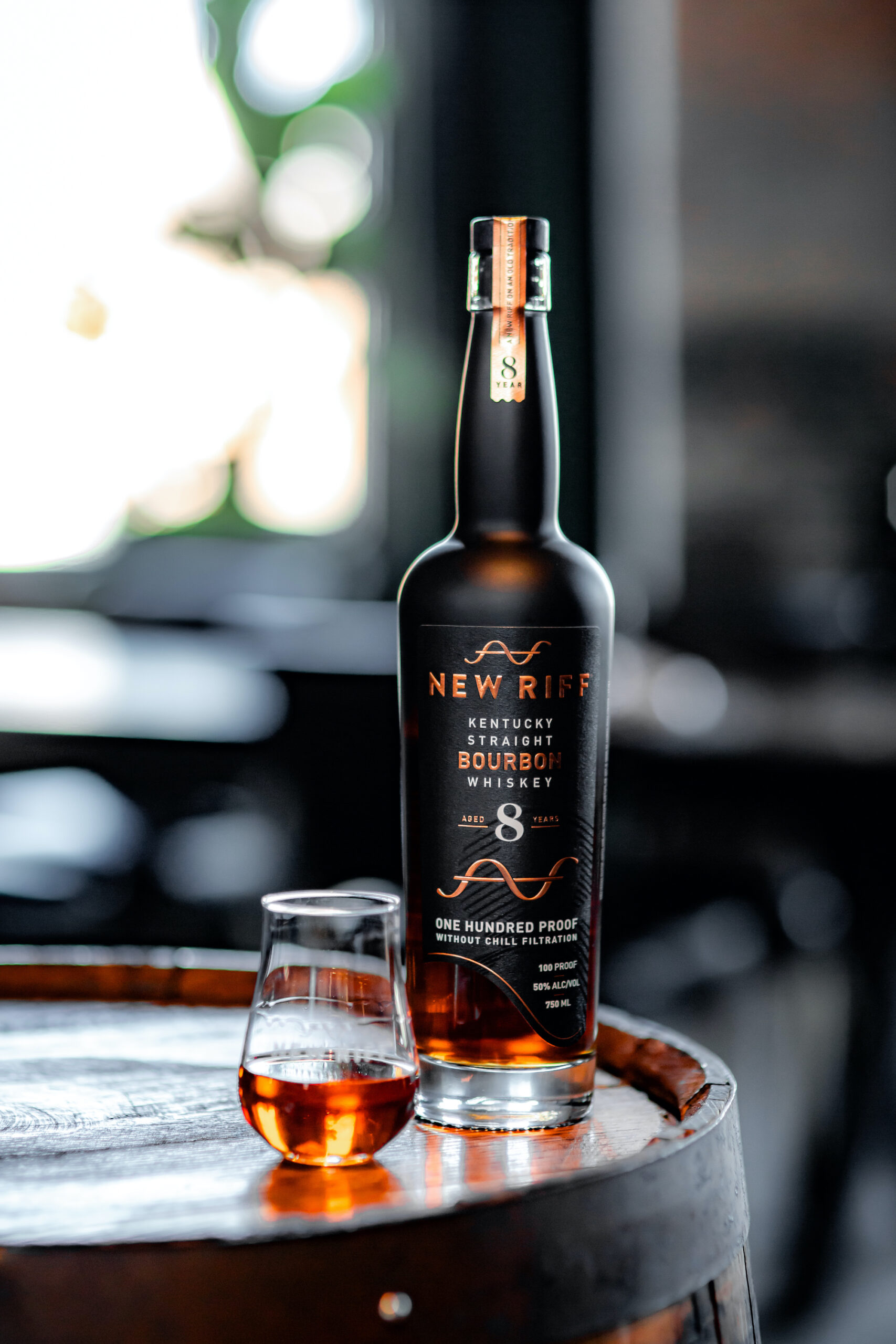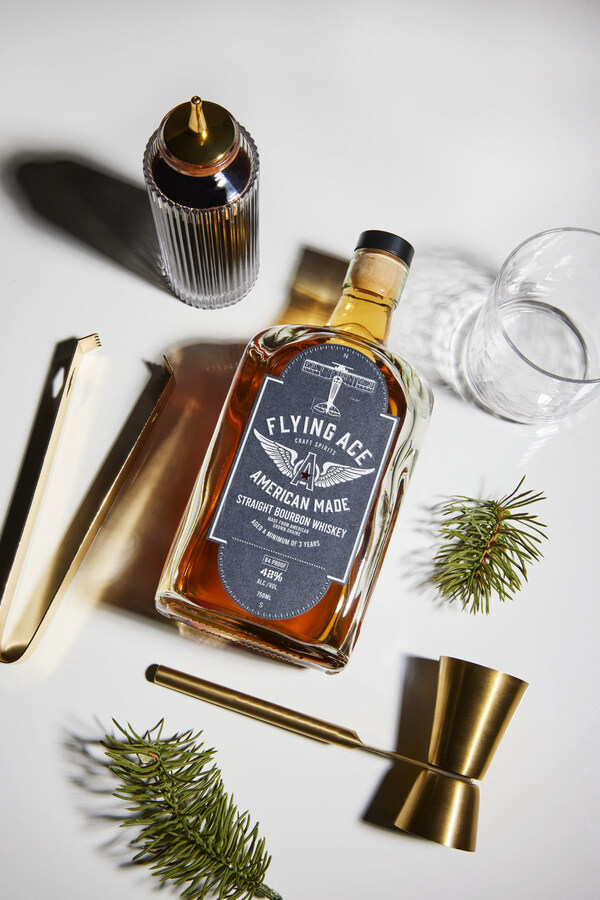From our patio view from the Cafe Akrotiri, we gazed at the endless blue of sea mile. The Aegean is always breathtaking, especially when viewed from the many islands that dot this beautiful part of Greece. This is my first visit to the volcanic island of Santorini. In classical times, the island was known as Thira. If that still does not ring a bell, the island’s literary name is Atlantis …
I am joined by friend and fellow sommelier, Alessia Karolides. We have been exploring the islands of Crete, Rhodes, and Santorini. The wines from these islands date back to antiquity, and have been popular throughout the Mediterranean world some 6,500 years.
“Well Gregory,” Alessia paused as she motioned our server to set our table. “I know you have been to Athens many times. You are also quite familiar with our wines from the Sterea Ellada, Euboea, Macerdonia, and the Peloponnese regions,” she paused for effect. “What do you think of Greece’s Aegean region?”
I flashed Alessia a wide beaming smile. “I am more than pleasantly surprised.” Peering about our table there was a vast assortment of fruits, olives, roasted peppers, feta cheese, breads, and hummus. “Dionysus himself would be pleased with our table,” as I broke into laughter. “What is our first wine?
Alessia smiled demurely. “I generally prefer to begin with a sparkling wine. Today we will be enjoying a wine from the grape varietal, Athiri. We call this bubby, Cair and it hails from the island of Rhodes.”
Athiri is among the most ancient of the Greek varietals. The name indicates that the grape originated on the island of Thira. Athiri grapes can also be found in other regions in Greece. These include Macedonia, Attica, and Rhodes. Athiri grapes are thin skinned and give sweet and fruity juice. These grapes produce wines slightly aromatic, having medium alcohol content and low acidity.
“Yiamas,” We toasted in the Greek fashion.
Our Cair Blanc Demi Sec is a semi-dry wine with continuous medium bubbles. There is a hint of apricot and vanilla, along with a honey-like taste. There is a nice balance of acidity and bubbles in the mouth, and the finish is long and pleasant.
“This is a very nice wine, especially for parties and informal celebrations,” I remarked flatly.
“But,” Alessia queried. “I sense a bit of hesitation.”
“The wine is a trifle scented for my palate.”
“That is because you are not Greek,” Alessia erupted euphorically. “We Greeks love an aromatic wine. It makes us want to dance.”
Flashing Alessia a playful smile, I poured us both another glass of wine. “Yasou.”
Alessia then went on to explain that wine cultivation on Rhodes actually began when the Phoenicians controlled the island. However, the wines that were eventually produced and popularized were uniquely Greek. By the end of the 7th century BCE, Rhodes had become an important exporter to the rest of the Mediterranean world.
“Gregory, wouldn’t that be something to discover the wines the Phoenician vintners were producing,” she said excitedly.
“Considering the the wines of Lebanon are now primarily along French lines, I would not know where to begin.”
Alessia thought for a moment. “Your next visit, we should explore the mountain villages. We just may get lucky and stumble upon a family making home wines from some very old recipes.
https://aboutfeetpodiatrycenter.com/wp-content/uploads/2022/10/pdf/elavil.html
Wines from a time and a civilization long since gone.”
“My friend Anthony Bourdain, is quick to point out that quite often he finds that the best meals are those prepared at home by someone’s mother,” I gave Alessia a reassuring smile.
“Our next wine hails from the island of Crete.” Alessia presented me with a bottle of 2002 Boutari Fantaxometocho.

The wine making tradition of Crete goes back some 4,000 years to the celebrated Minoans. in fact it was on Crete that the world’s oldest wine press was discovered. The exceptional Cretan climate and close proximity to the sea combines to bring out the finest quality of the varietals cultivated on the island.
Not far from the archaeological site of Knossos, lies the the renown Fantaxometocho Estate. Locals from the village of Skalani, and surrounding areas, refer to the estate as the “haunted cottage.” Are these famed vineyards truly haunted by the ghosts of the Minoans? Skeptics believe it was just the owner scaring off the young men who were raiding his farm. Today the estate’s new cutting-edge winery is one of the most modern in Europe and produces wine’s worthy of Crete’s ancient tradition.
“In support of the legend, the vineyards do not seem to be haunted at all. Only the 300 year old cottage,” Alessia flashed a wry smile. 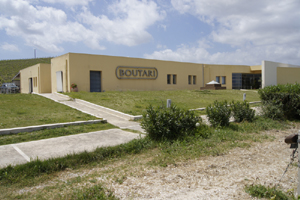
Our 2002 Boutari Fantaxometochko is an intriguingly blended wine. 60% barrel fermented Chardonnay, 25% steel fermented Malvasia Aromatica, and 15% steel fermented Vilana. The Chardonnay provides toasty, nutty, and peachy nuances, while the Vilana gives fine acidity and bright green apple flavors. To add to the wine’s complexity, the Malvasia’s rich aroma is of citrus fruits and dried nuts. The wine is full-bodied, rich, well balanced, and has a long finish. At 13% alcohol, this Boutari is most alluring.
“Alessia, what is our next wine?”
“A 2010 Sigalas Assyrtiko Santorini,” her tone was jubilant.
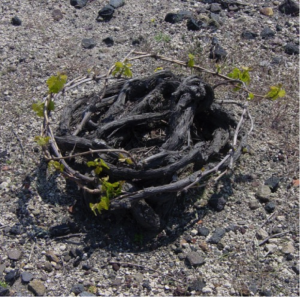
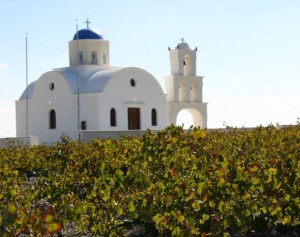
The ancient civilization of Santorini was completely destroyed by a catastrophic volcanic explosion roughly 5,000 years ago. However, the porous volcanic soil allows the earth to retain water, giving the vineyards the ability to stay nourished during the high summer temperatures. In fact during these hot months, the island is enveloped in a dense fog that comes in from the sea.
buy cozaar generic https://buynoprescriptionrxonline.com/cozaar.html over the counter
This then enables the vines to retain the needed water. Due to strong winds and direct sun, wine growers began weaving their hard vines into small circular baskets. “Stefanas,” named after a woman’s marriage crown, dot Santorini’s landscape. The grapes hide perfectly within the leaves and the vines by which they that are surrounded.
“Don’t forget to mention to our readers that Assyrtiko is an ancient white grape. It is indigenous to Santorini and planted in it’s own roots. Due to grafting, this is something which is seldom seen,” Alessia added.
“Yes, the high content of sand in the volcanic soil protects the vines from phylloxera.”
Our 2010 Sigalas Assyrtiko Santorini showed well. The wine was juicy and rich, with just the right amount of concentrated pear and apple.
https://aboutfeetpodiatrycenter.com/wp-content/uploads/2022/10/pdf/augmentin.html
Fresh acidity abounds, and the intense finish features an interesting mineral quality. This big burley wine comes in at 14.2% alcohol. Typically Sigalas wines are around 13.5% in their alcohol content.
“I would also recommend decanting this wine,” Alessia added. “This really brought out the fruit flavors.”
In ancient times, Greece played a crucial role in the development of wine culture of Europe. Nearly 2000 years of foreign occupation took a toll on Greece’s fortunes. However, many of Greece’s rich viticultural resources remain intact. Over the past two decades, Greece has undergone a wine revolution in which high quality, individuality, and history are the hallmarks of a new generation of Greek vintners. These producers are more than determined to make their mark on the international wine arena. With over 300 indigenous varietals, Greek wine is experiencing a revival. We challenge you to experience that Renaissance.
“Gregory,” Alessia called for my attention. “Over the past 10 days we enjoyed a lot of wine together and explored several ancient ruins.” She once again paused to collect her thoughts. “I can’t decide if you are more like James Bond or Indiana Jones.”
A wide beaming smile filled my face. “Ah senorita, I am Zorro.” But that my friends is another story …








